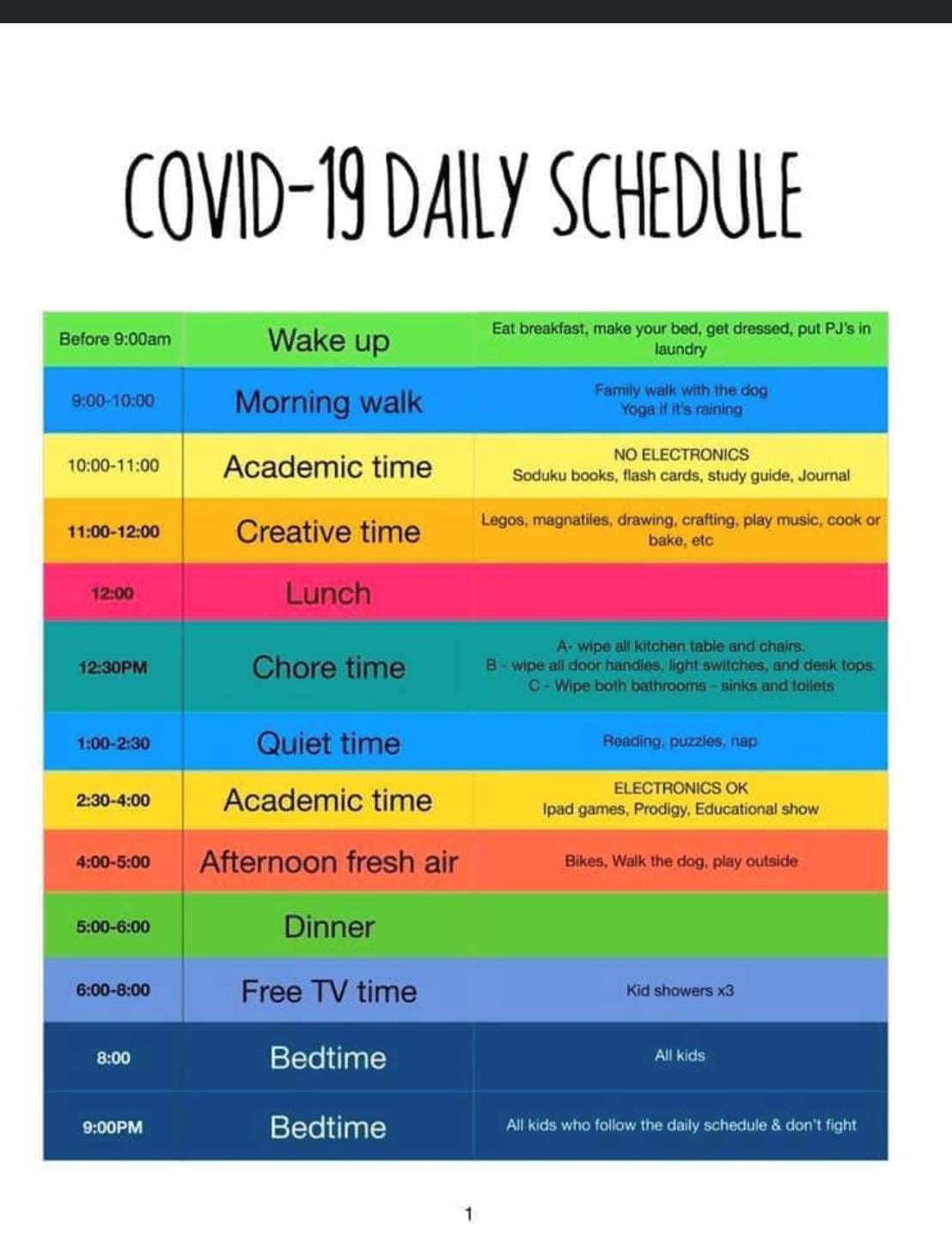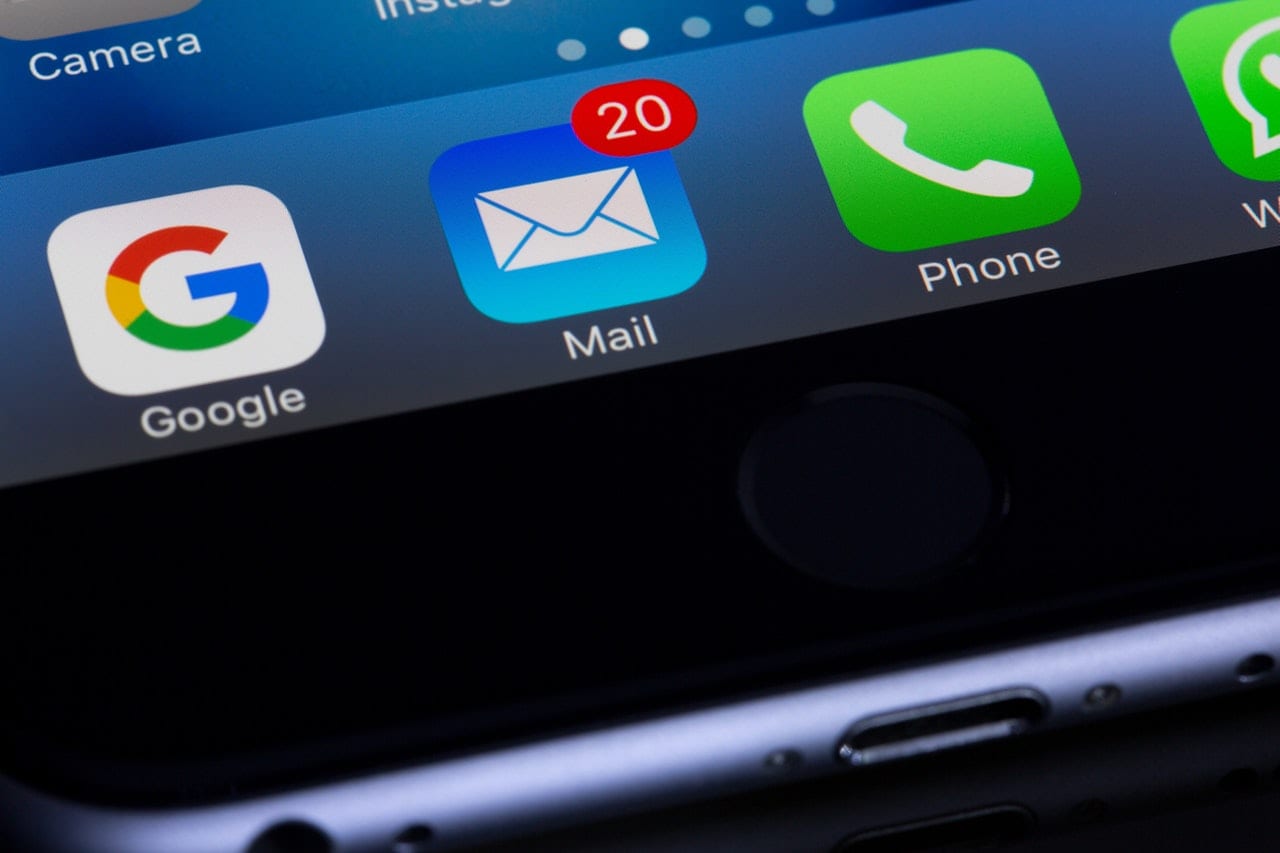
As an entrepreneur, I’m always thinking about my business. Sometimes it’s just reflecting on what I’ve accomplished or the areas that need improvement. Usually, that’s not a problem. What is a dilemma, though, is allowing these thoughts to interfere with my personal life. One example would be — bringing stress home with me or not being 100 percent present with my downtime.
If you’re in the same situation, you’ve probably been told just simply to set boundaries. Setting boundaries sounds excellent on paper. But, in reality, that’s not always possible. The good news is that are effective ways to leave work at work.
Plan your ideal week.
Yankees legend Yogi Berra once said, “If you don’t know where you’re going, you’ll end up someplace else.” For me, that means planning in advance, like mapping out your week. The reason? It’s a simple way to prevent work and life from always being at odds with each other. More importantly, it provides structure so that you can establish boundaries while also remaining productive.
While everyone has their own way of planing out their ideal week, here are some pointers to steer in you in the right direction:
- Get a head start. Use either Friday afternoons or the weekend to list your priorities and add them to your calendar.
- Sketch out your ideal week by using time blocks. Take into consideration date-specific events and tasks, and know when you’re most productive.
- Create theme days based on your energy. For example, if you have the most energy and focus on Tuesday, that’s when you should schedule deep work.
- Establish fulfilling routines. These are the activities that help you relax and make you happy, such as meditating or family game night.
- Limit your plans. Stop overcommitting yourself by focusing on your top five high-objectives for the week.
- Be ruthless. Delegate or drop anything from your to-do-list that isn’t a priority. Get comfortable saying, “no.” And, learn how to block out distractions.
Have a ritual to transition from work to home.
To me, this is all about changing your mindset from “work” mode to “home” mode. It’s like if you’ve ever played a sport. You’re just not going to show-up without warming up or listening to music that gets you psyched. On the flip side, when you’re done, you need to cool down and get back to homeostasis.
You can do this on your commute home by listening to a podcast that interests you but isn’t work-related. Call a friend or family member — studies have found that this energizes you more than coffee. Think about what you’re grateful for. Or, do a crossword puzzle.
Some people also immediately change out of their work clothes into something more comfortable as soon as they get home. Others go to the gym after work. Just try a couple of daily rituals out and see what works best for you.
Go on a tech detox — without stressing yourself out.
Technology is a blessing and a curse. It allows us to work whenever, wherever, and keep our fingers on the pulse of our business at all times. However, that also means we’re expected to work more hours.
In fact, according to a RescueTime study, people work an hour or more outside regular hours on 89 days of the year. But that’s not really the issue. It’s the anticipatory stress of receiving work-related messages off-hours.
Researchers from Lehigh University, Virginia Tech, and Colorado State University found that we feel more stressed and exhausted from expecting emails after hours than actually responding to them.
“It’s not only that employees are spending a certain amount of extra time answering emails, but it’s that they feel they have to be ready to respond, and they don’t know what the request will be,” said Samantha Conroy, one of the study’s authors. “So if they’re having dinner with their family, and hear that ‘ding,’ they feel they have to turn their attention away from their family and answer the email.”
What’s the solution here? Well, you can realistically go on a tech detox by:
- Adding breaks and designated tech-free times. For instance, not responding to emails when having dinner — you can check your messages after.
- Blocking apps at certain times, like when you’re meditating after work.
- Assigning tech-zones in your home.
- Allowing yourself to get comfortable with boredom. If you’re standing in line at the grocery on a Sunday, don’t look at your phone.
- Consider removing social media apps from your phone. Some people also uninstall communication tools like Slack from their personal devices.
- Spending your downtime in places where electronic frowned upon.
- Stop relying on technology as much. Instead of using your phone for your alarm, invest in an old-school alarm clock.
Have mental clarity.
Mental clarity, according to Elizabeth Grace Saunders in HBR, is knowing “what needs to get done, and when you will complete it.” The most prominent example would dedicate “a place where you write down the many tasks that you need to do.” It doesn’t matter if it’s “in a notebook, a task management app, a project management system, or in your calendar.” The idea here so “that you’re not lying in bed at night trying to remember everything on your mental to-do list.”
After you’ve created this list, you’ll need to “plan out your work.” Ideally, this would be scheduling time in your calendar for your priorities. Sounds obvious. But, “this planning reduces the anxiety that something will fall through the cracks or that you’ll miss a deadline,” writes Elizabeth.
“The final part of increasing your mental clarity is to have an end-of-workday wrap-up.” At the minimum, this includes reviewing “your daily to-do list and calendar to make sure that everything that absolutely must get done.” It also wouldn’t hurt to “do a quick scan of your email to ensure any urgent messages are attended to before you leave the office.”
When you decide to check your emails and messages is up to your discretion. Some people do the last check of the night right before they leave work, like within the final 30-minutes of the day. Others prefer to do this activity during the last hour or two.
Prioritize your social life.
I get it. Some days you come home, and you just want to veg out — or get back to work. But, neither are always the answer if you want to leave work at work. The answer? Socializing.
A study published in the Journal of Occupational and Environmental Medicine found that those who are more socially active are better able to recover from work strain and can sleep better at night.
To make socializing a priority, schedule social activities to your calendar. At the same time, you don’t want to overdo it. Sometimes you leave blank spaces in your schedule to allow for flexibility — like if you run unexpectedly into a friend.
Don’t hard crash your workday.
“Just as it’s never a good idea to hard crash your computer, you shouldn’t hard crash your day,” Michael “Dr. Woody” Woodward, Ph.D., organizational psychologist and author of The YOU Plan, told Forbes. “Closing out your day in an orderly and positive way is critical to making that clean psychological transition into the personal side of life.”
“Nobody likes that feeling of unfinished business hanging over their head while playing with the kids or dining with the family,” Woodward added. “So it’s important that you do what you can to make as clean a break as possible when walking out the office door.”
How should you wrap-up your workday? Well, here are some suggestions:
- Evaluate your to-do-lists and review tomorrow’s schedule.
- Check-in with your team to double-check deadlines and make sure everyone’s on the same page.
- Tidy up and organize your workspace.
- Tidy-up any loose ends like responding to an email.
- Reflect on what you’ve accomplished.
- Turn off your lights and equipment.
- Commit to leaving stress behind at work.
Find ways to decompress.
Hopefully, if you’ve implemented a fulfilling routine, then you’re already finding healthy ways to relieve stress. Healthy examples of this are — meditating, exercising, and hanging out with friends and family. Other options are picking-up a hobby, learning something new, or engaging in a little self-care. You may even want to vent to someone who you trust — just don’t harp on what’s bothering you.
But, what if these examples are not enough to help you continue at your break-neck speeds? Well, establish a calm and therapeutic evening routine.
Jeffrey Brantley, M.D., and Wendy Millstine, NC., authors or Five Good Minutes in the Evening: 100 Mindful Practices to Help You Unwind from the Day & Make the Most of Your Night, also suggest:
- Release nagging thoughts. If a work-related thought pops in your head, acknowledge it and name what you’re feeling. You can then tell this thought, “I hear you, but not now,” or “I release you.”
- Unraveling like a thread. Use visualization to help you decompress, such as unwinding your thoughts like a spool of thread.
- Surround yourself with humor. Watch a YouTube video, TV show, or movie that makes you laugh. Ask Google or Alexa to tell you a joke. Or, call someone who already makes you laugh.









